Ljubljana is the capital of Slovenia, with a population of around 300,000 and is the most important cultural, scientific and administrative centre. It is one of the smallest capitals and the largest city in Slovenia. Ljubljana is home to numerous theatres, museums and galleries, and boasts one of the oldest philharmonic orchestras in the world. Its wonderful monuments and attractions attract tourists from other parts of Europe and the world.
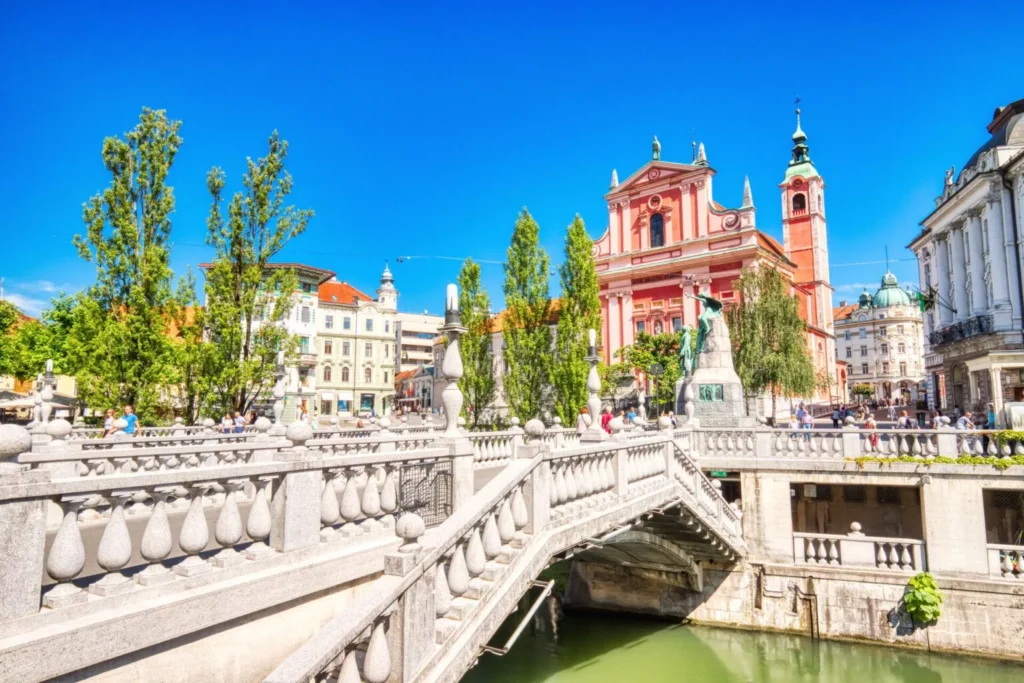
The old town of Ljubljana, characterized primarily by the towering castle, which can be reached on foot or by a modern cable car, offers breathtaking views of the city and the Alps. You must also visit the Cathedral of St. Nicholas and the world-famous Triple Bridge (Tromostovje): The Ljubljana River, or Ljubljanice, flows through Ljubljana and is crossed by several interesting bridges. For relaxation and peaceful rest, the most popular is Tivolim Park. Ljubljana was even declared the Green Capital of Europe in 2016, which translates into its commitment to sustainable development and ecology.
Numerous galleries, museums and theatres, including the National Museum of Slovenia and the Metelkova Museum of Contemporary Art, present a wealth of Slovenian and international art. The Ljubljana Festival, held in the summer, attracts artists from all over the world, offering a multitude of diverse cultural events. It is worth going a little further from Ljubljana to discover such natural beauties as the Postojna and Škocjan caves, as well as Lake Bled with its beautiful, picturesque surroundings.
Location
Ljubljana is located in the central region of Slovenia on the Ljubljanica River.
Ljubljana Old Town
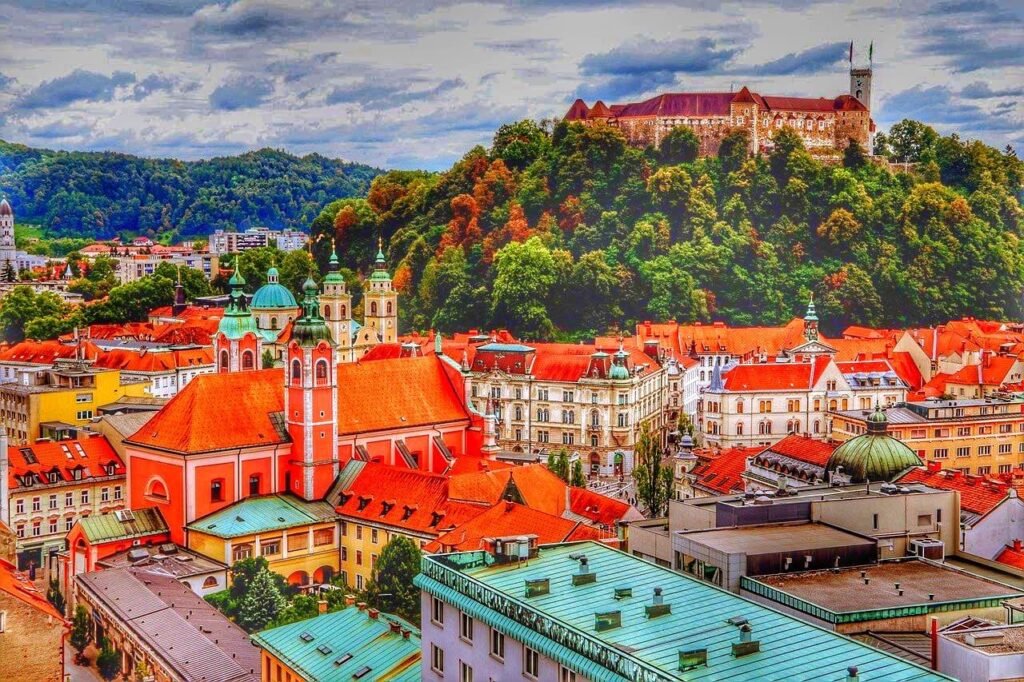
The beauty of the Baroque old town centre captivates visitors. The historic centre of Ljubljana is characterised by interesting Baroque and Art Nouveau buildings. The appearance of the city resembles the cities of neighbouring Austria.
Of the medieval buildings, the Castle is particularly noteworthy. A building from the 12th century, towering over the city from a hill. The 18th century St. Nicholas’ Cathedral and the Franciscan Church of the Annunciation are also in the Baroque style. The Ljubljana Town Hall is the main monument of the capital and a key part of the old part of the city. Robba Fountain designed by the great Italian sculptor Francesco Robba you must see.
Ljubljana Castle
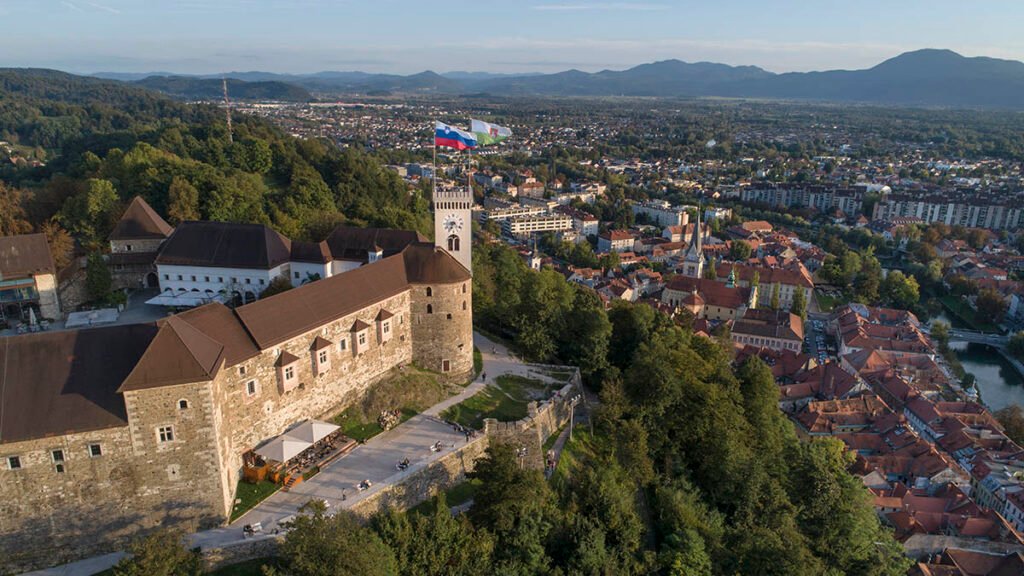
On a 375-meter-high hill to the east of the Old Town is this castle, which dates back to the early 16th century. The castle grounds are free to visit, but entry to the watchtower and St. George’s Chapel, as well as viewing the noteworthy Slovenian History exhibition, visiting the Puppet Theater and taking part in the Time Machine tour, will be subject to a fee.
The castle houses two restaurants, a cafe, a wine shop, the Puppet Museum and Museum of Slovenian History. There are several ways to get to the castle, the easiest of which is the 70-meter-long funicular railway that departs from the Old Town near the market square on Vodnikov trg. There is also an hourly tourist train that departs from the south on the Ljubljana TIC.
Dragon Bridge
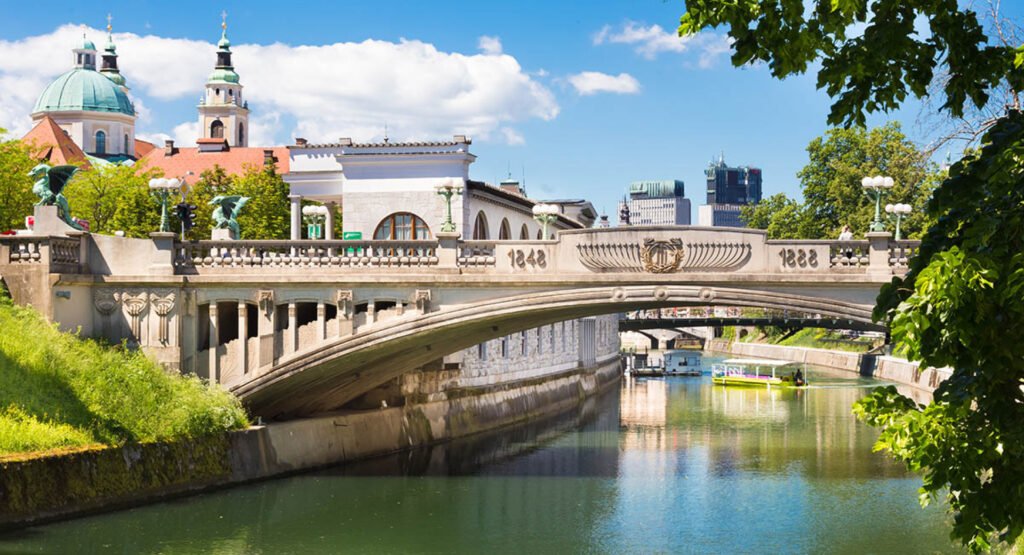
One of the most famous legends about the Dragon of Ljubljana is related to the founding of the city. According to the story, a long time ago, the area where Ljubljana is now located was visited by a terrible dragon.
This dragon terrorized the land, destroying villages and wreaking havoc among the people. The inhabitants were in constant fear of the beast and needed a hero to save them from this dangerous creature. Slovenia’s interest in dragons throughout history led to construction of the Dragon Bridge in the early 20th.
Tivoli Park
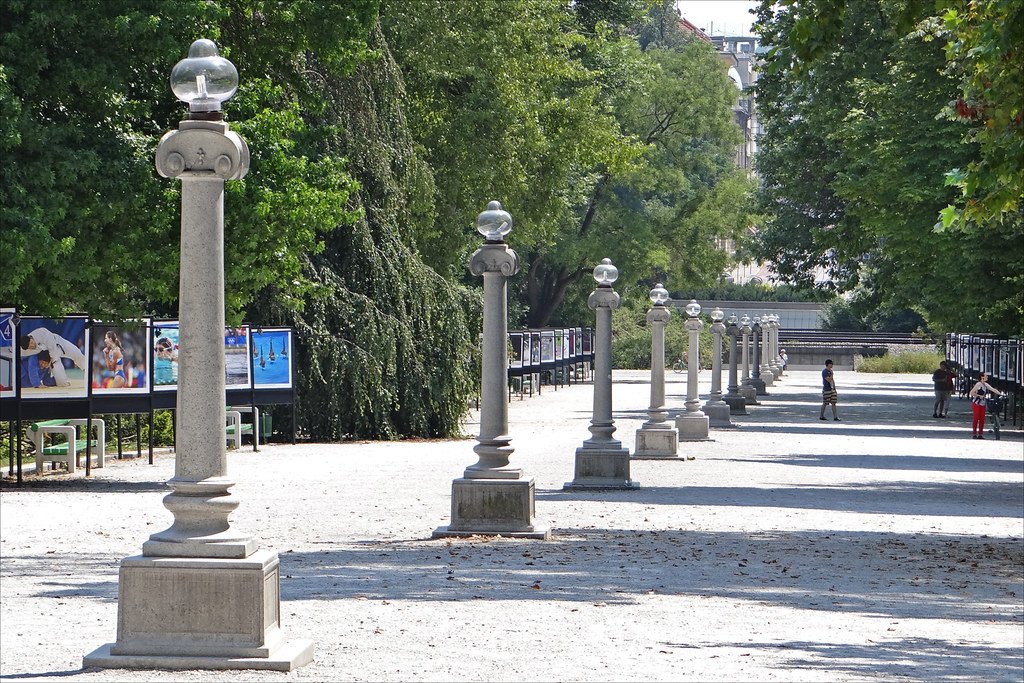
Tivoli Park is the largest and most beautiful oasis of green peace in Ljubljana. It was created by combining the parks surrounding two residences. Next to the pond is a small botanical garden with a greenhouse, which houses a permanent exhibition of tropical and carnivorous plants.
The promenade has become a famous place for outdoor exhibitions of large photographs and leads to the side of the Tivoli residence. The parks cover an area of about five square kilometers and blend into the slopes of Rožnik Hill and its numerous walking trails.
Tromostovje
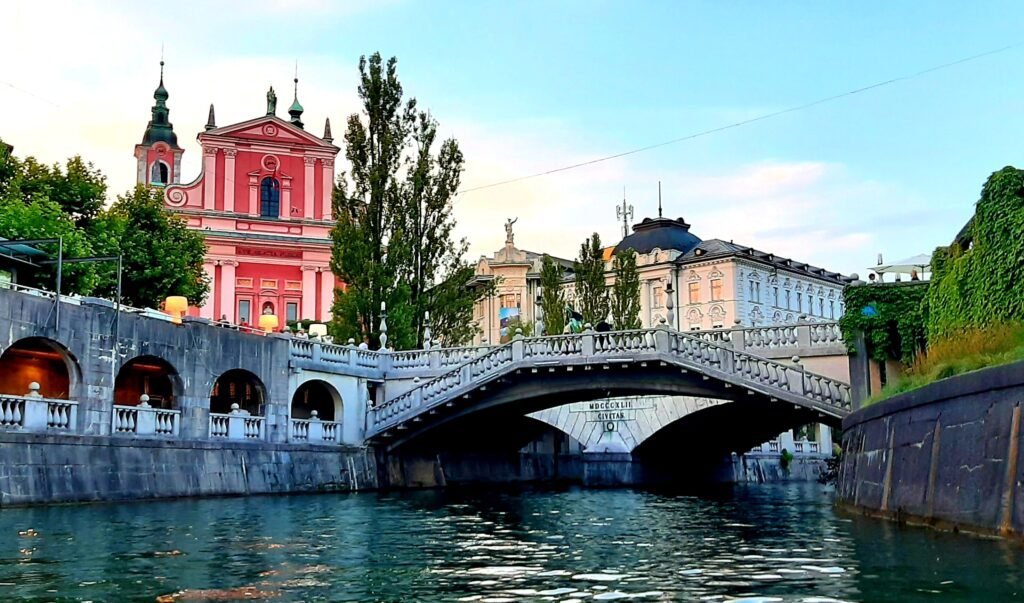
The Triple Bridge complex is a testament to creativity and is the main attraction of Ljubljana. The footbridges on both sides of the Francis Bridge, set at a sharp angle to it, distinguish this bridge from all others! The bridge is the most recognizable symbol of the city and is often photographed by tourists.
On both sides of the bridge are stairs leading to terraces above the Ljubljanica River, where poplar trees enhance the aesthetic value of the entire complex. With their Venetian-inspired staircases, they add a touch of Mediterranean charm to the surroundings.
Monument to Franz Prešeren

The monument to France Prešeren is located in Prešeren Square in Ljubljana. It depicts the poet Prešeren, a major figure in Slovenian literature, with a muse holding a laurel wreath above his head. The statue is situated on a pedestal and is a prominent feature of the square.
St. Nicholas Cathedral
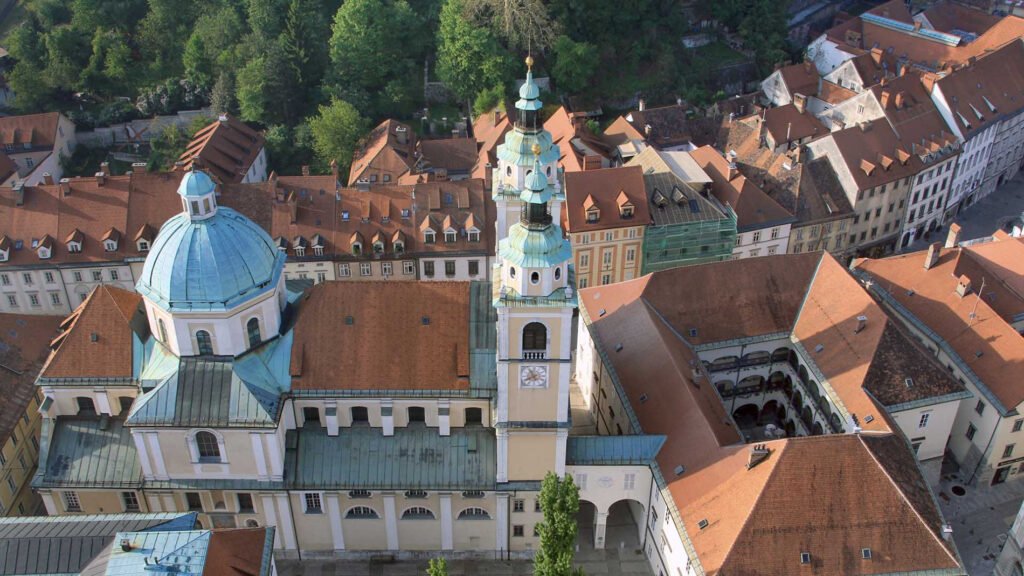
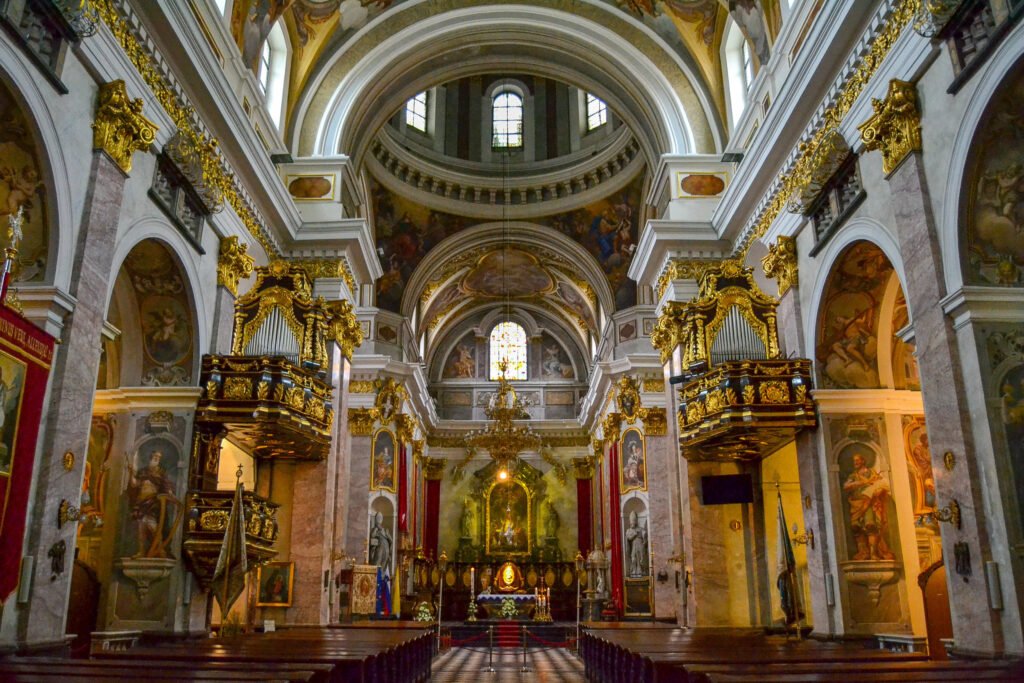
St. Nicholas’s Church is the main Ljubljana’s cathedral. It is close to the Market and few meters from the Castle funicular starting point. The Cathedral or Church of St. Nicholas was built at the beginning of the 18th century.
The cathedral is distinguished by its green dome and twin towers, which have become iconic symbols of the city. Its interior boasts elaborate Baroque frescoes by Giulio Quaglio and a dome frescoes.
National Museum of Ljubljana (Narodni Muzej Lublana)
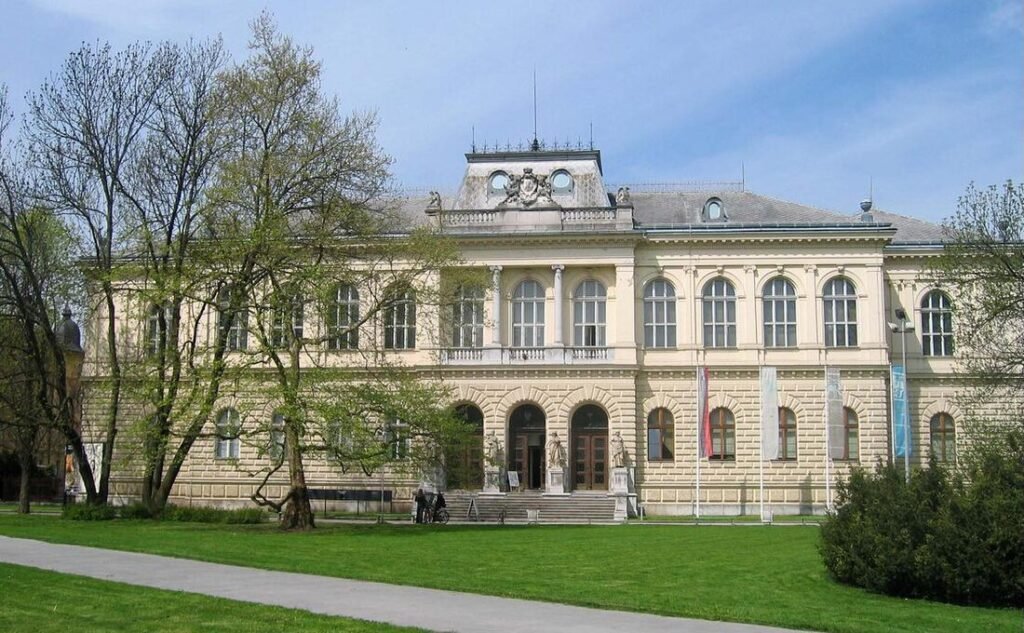
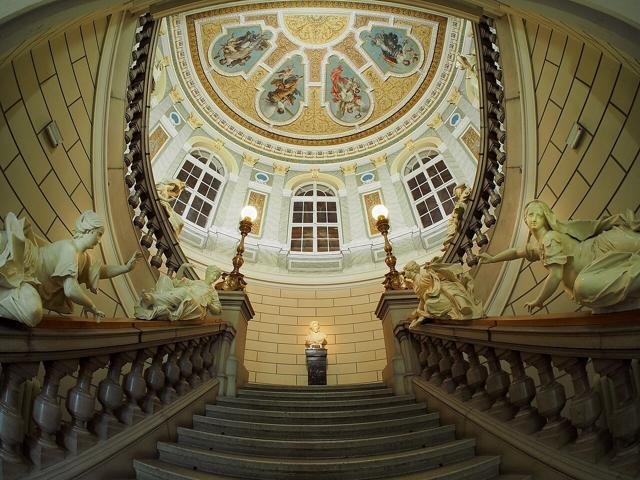
The National Museum of Slovenia presents the history of Slovenia, from prehistoric times to the Roman era, with well-organized exhibits and attractions such as the oldest known flute and fascinating Roman artifacts. Visitors praise the informative displays, bilingual panels and interesting activities for children.
National Gallery of Slovenia (Narodna Galerija Slovenije)

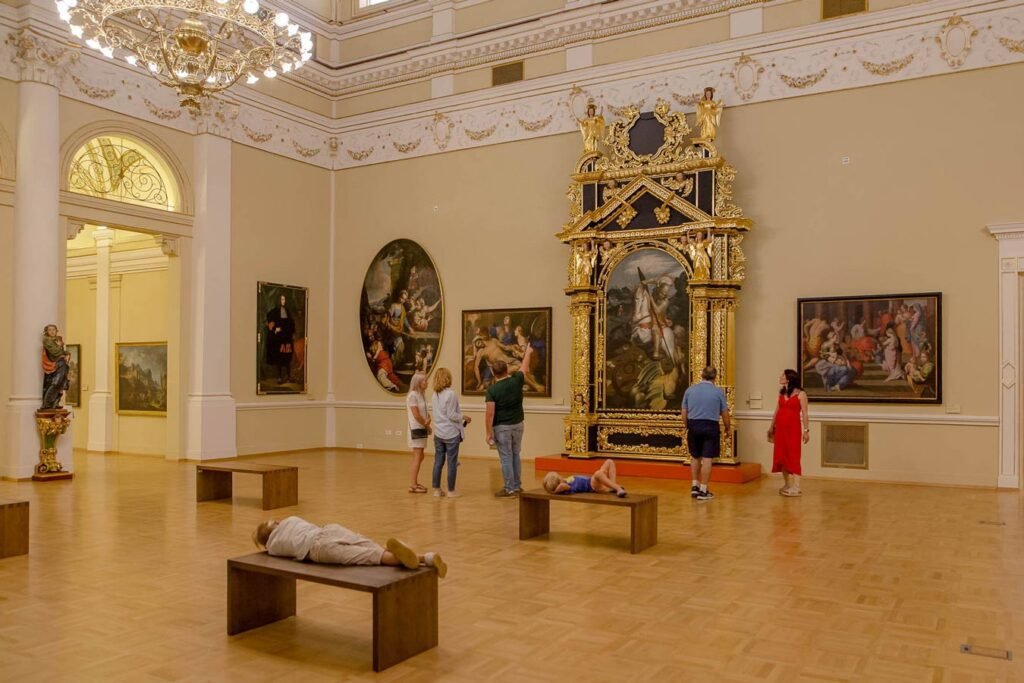
The Slovenian National Gallery is the main art museum in Slovenia and houses the largest collection of art in Slovenia from the late Middle Ages to the 20th century. It is a cultural, scientific and research institution that researches, collects, preserves and, through the exhibition and interpretation of works of art, conveys to the public the history of artistic creativity in the entire Slovenian cultural area.
Slovenian Ethnographic Museum (Slovenski Etnografski Muzej)
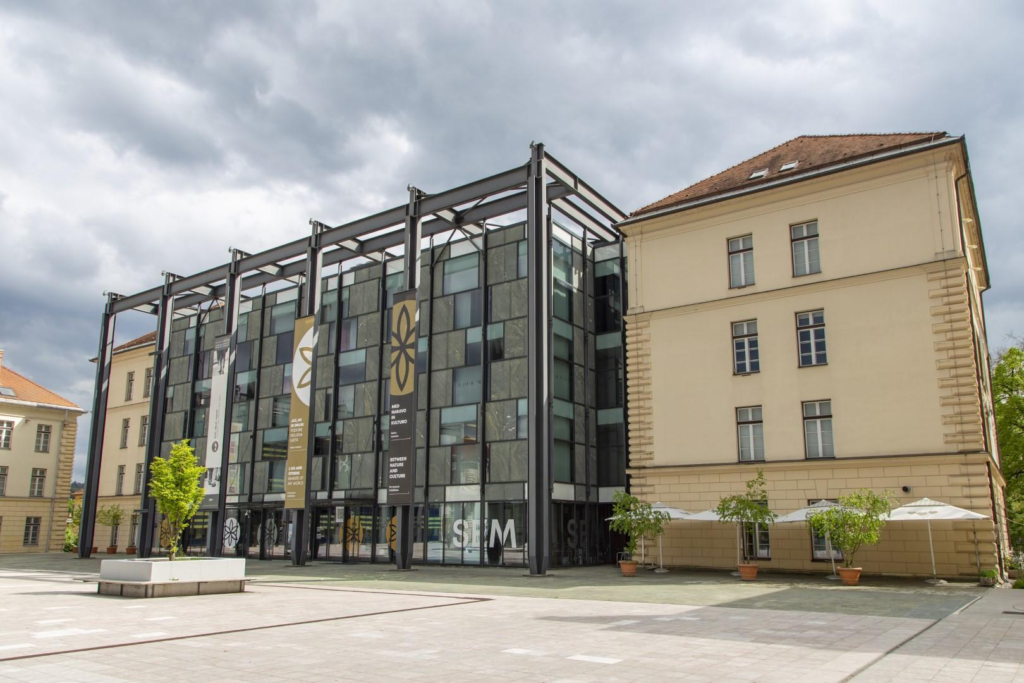
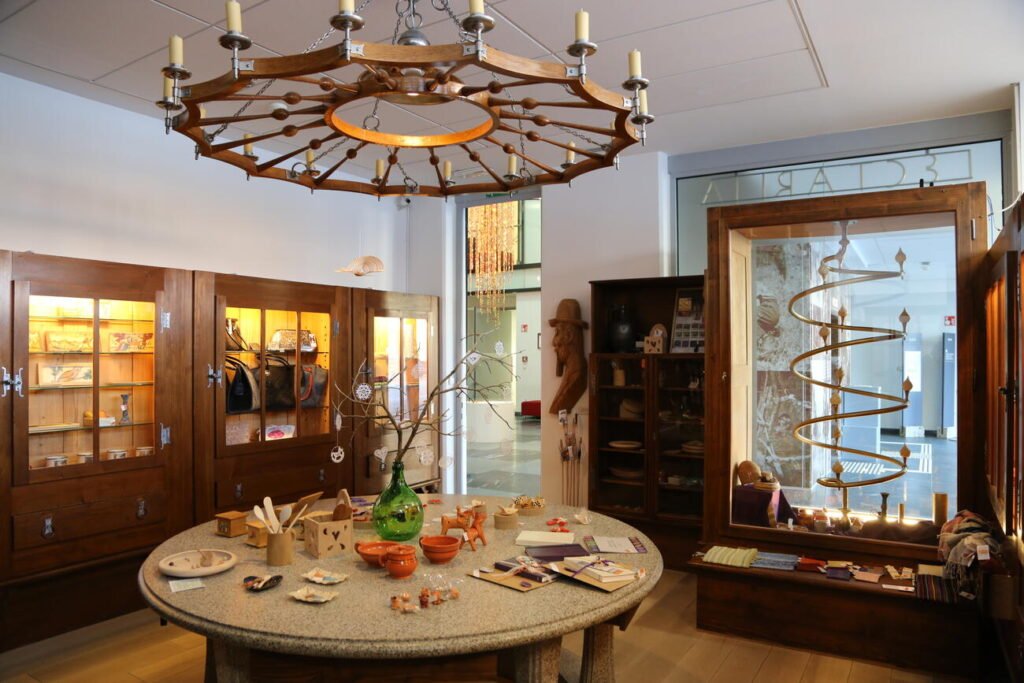
The Slovenian Ethnographic Museum is the central ethnological museum. It is a national museum institution with an ethnological character, with cultural, scientific, educational and social significance, based on collections from the field of Slovenian traditional material, social and spiritual culture, as well as on collections from the field of some world cultures.
Ljubljana Zoo
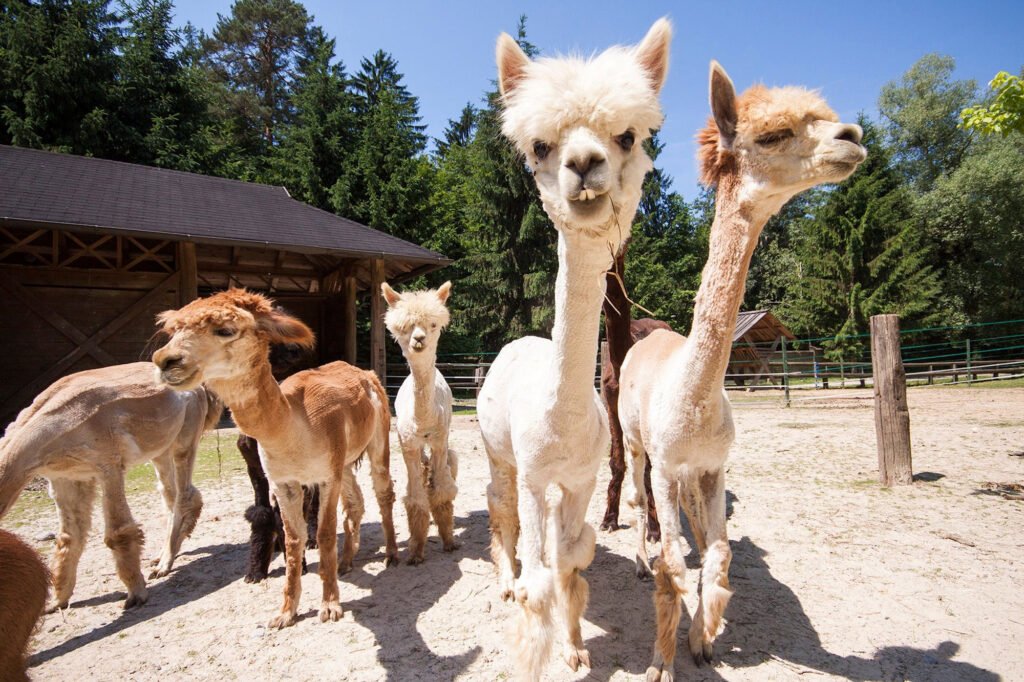
The Ljubljana zoo (Zivalski vrt Ljubljana) is unique in being located within a natural forest on the slopes of Roznik Hill only 20 minutes walk from the city center. There are many activities and opportunities to get close to the animals. You can be a zoo keeper for the day, tour the zoo at night (in July and August), camp in the zoo or watch animals being fed.
The zoo covers 48 acres and is the country’s national zoo. About 500 animals live at the zoo representing approximately 119 species. Highlights of the zoo include the squirrel monkeys, the alpacas and the red pandas. There are also sea lions, lynxes, raccoons, Siberian cranes, flamingos, cheetahs, Siberian tigers, brown bears, antelope, ostriches, elephants and more.
